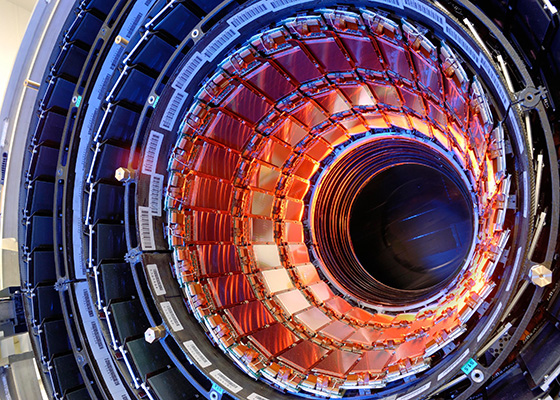In a paper released today, the LHCb collaboration has announced an exceptional and unique observation of five new baryons, particles composed of three quarks. LHCb, otherwise known as the Large Hadron Collider beauty experiment, is one of seven experiments collecting data at the Large Hadron Collider at CERN. UK participation in the experiment is funded by STFC.
Tara Shears, Professor of Physics at University of Liverpool, is Liverpool’s LHCb group lead. She explains why this discovery is significant: “These particles have been hiding in plain sight for years, but it’s taken the exquisite sensitivity of LHCb’s particle detectors to bring them to our attention.”
These new baryons are high-energy excited states of the Omega_c baryon, a particle made of two ‘strange’ and one ‘charm’ quark.
LHCb scientists reconstructed the short-lived Omega-c baryon from its decay to a Xi baryon, a particle containing a ‘charm’, a ‘strange’ and an ‘up’ quark, and a kaon K-, a particle made up of a ‘strange’ quark and an ‘up’ antiquark.
The Xi baryon then decayed further into a proton, a kaon K-, and a pion.
By studying the trajectories and energies deposited by all the particles, LHCb scientists uncovered the Omega_c baryon. They found not one, but five distinct new excited Omega_c baryon states.
[SOURCE]



